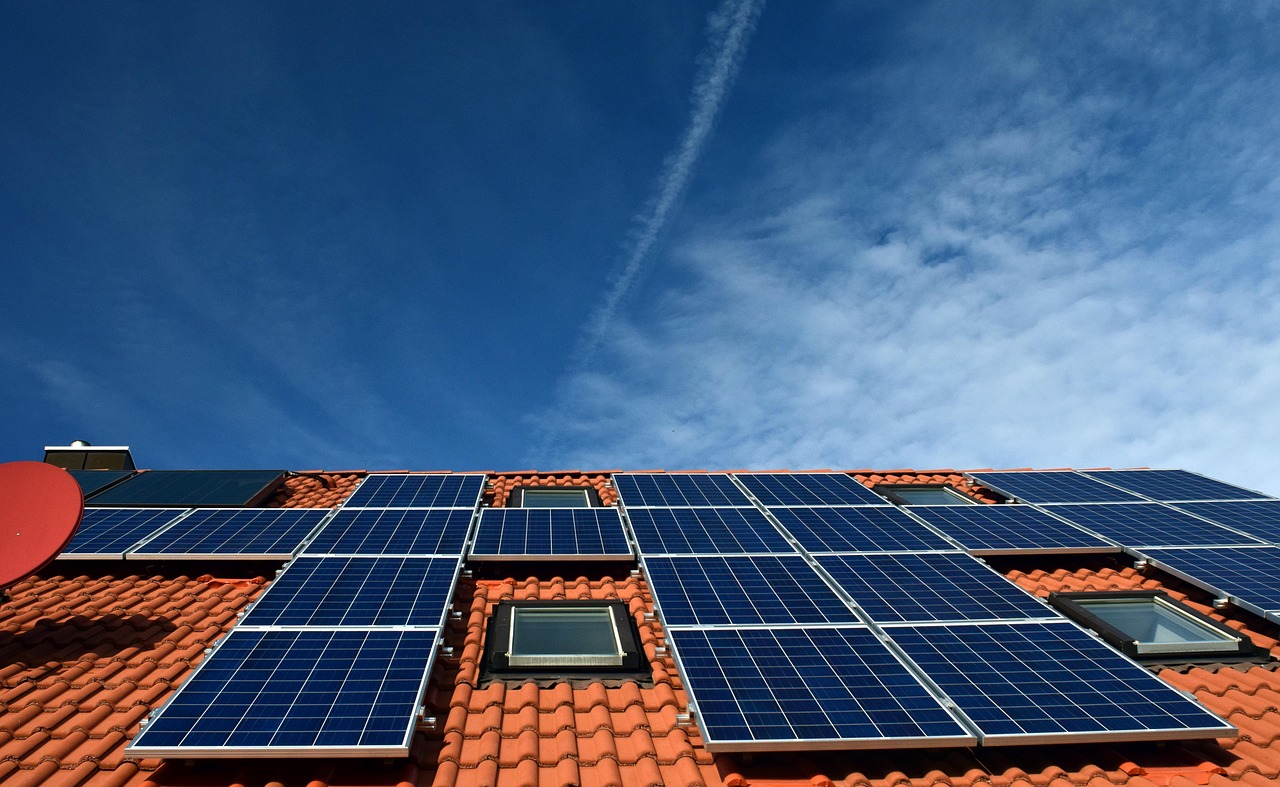Solar cladding panels are building materials that integrate solar technology directly into the outer walls of a structure, converting sunlight into electricity while serving as protective cladding. They provide a dual function by generating renewable energy and enhancing the building’s exterior.
This innovation allows buildings to reduce their reliance on traditional energy sources without sacrificing design or durability. Solar cladding panels fit seamlessly into modern construction, making them a practical option for both new builds and retrofits.
By combining energy production with architectural elements, solar cladding offers a smart solution for sustainable urban development. Its adoption continues to grow as efficiency improves and costs decrease.
Understanding Solar Cladding Panels
Solar cladding panels combine building protection with electricity generation. They vary by material and design, impacting performance and installation. Their operation relies on converting sunlight into energy while serving as an exterior building layer.
What Are Solar Cladding Panels
Solar cladding panels are exterior wall coverings embedded with photovoltaic cells. They replace or cover traditional facades and integrate energy production directly into the building envelope.
These panels protect structures from weather and reduce reliance on separate solar installations. By acting as both a shield and power source, they optimize space and support sustainability.
Typically made from glass, metal, or composite materials, solar cladding can be customized in shape and size to fit architectural needs. Their dual function enhances building efficiency and aesthetics.
How Solar Cladding Panels Work
Solar cladding panels convert sunlight into electricity using photovoltaic technology. When sunlight hits the cells embedded in the panel, it excites electrons, generating direct current (DC).
This electricity flows through wiring to an inverter, which converts DC into usable alternating current (AC) for the building. The system can feed power directly inside or store excess in batteries.
Sun exposure and panel orientation significantly influence efficiency. Proper installation optimizes light capture and energy output while providing weather resistance.
Types Of Solar Cladding Panels
Solar cladding panels fall into several categories based on materials and installation methods:
- Glass-glass modules: Durable with high transparency, suited for modern façades.
- Metal-backed panels: Robust and lightweight, offering strong protection.
- Building-integrated photovoltaics (BIPV): Fully integrated within structural elements.
- Thin-film solar panels: Flexible and lightweight, though less efficient.
Each type differs in cost, efficiency, lifespan, and appearance, allowing selection based on project requirements.
Benefits And Applications Of Solar Cladding Panels
Solar cladding panels provide multiple advantages in energy savings, architectural flexibility, environmental benefits, and practical uses. These panels are designed to integrate seamlessly with building exteriors, optimizing both functionality and appearance.
Energy Efficiency Advantages
Solar cladding panels harness sunlight to generate electricity, reducing reliance on the grid. By converting building facades into power sources, they improve overall energy efficiency.
They also contribute to thermal insulation, helping regulate indoor temperatures. This reduces heating and cooling costs throughout the year.
Compared to traditional solar panels, cladding can cover larger surface areas, increasing potential energy capture without needing additional roof space. This is especially useful in urban environments with limited roof access.
Design And Architectural Integration
Solar cladding panels come in various shapes, sizes, and colors, allowing architects to maintain design aesthetics without compromise. The panels can mimic traditional materials like glass, metal, or stone.
They are often custom-fabricated to fit complex building shapes and contours. This flexibility supports modern architectural trends that favor innovative facade designs.
Integration with building management systems is common, enabling smart control over energy production and building climate. This creates a more harmonious interaction between form and function.
Environmental Impact
Using solar cladding panels reduces carbon emissions by cutting fossil fuel energy use. They contribute to sustainable building certifications such as LEED or BREEAM.
The materials used can be recyclable or sourced responsibly, minimizing environmental harm. Their installation avoids additional land use since they replace or enhance existing building envelopes.
Solar cladding panels also lower urban heat islands by reflecting sunlight and reducing heat absorption. This improves local microclimates in dense city areas.
Commercial And Residential Uses
In commercial buildings, solar cladding helps lower operating expenses by reducing utility bills while promoting corporate sustainability goals. It also enhances property value through eco-friendly design.
Residential applications benefit from energy cost savings and increased home energy independence. Cladding can be integrated into new builds or retrofitted onto existing homes.
Common uses include office towers, shopping centers, apartment complexes, and homes seeking to maximize green energy. The panels enable diverse building types to adopt solar power without extensive structural changes.


Leave a Reply